This post has been brought to you by Cantine Ermes. All opinions expressed are my own. The following message is intended for those 21+. Please enjoy responsibly.
Today we’re reviewing a bottle from one of the Old World’s most prestigious and prolific wine producing nations – Italy. While we’ve covered the Italian mainland in some detail, today we’re heading to Sicily, the Mediterranean’s largest island.
We’ll cover some of the region’s basics, such as the island’s wine producing history, as well as its climate and what makes Sicily so special when it comes to wine, and then we’ll dive into the review.
Now, without further delay, let’s get tasting!
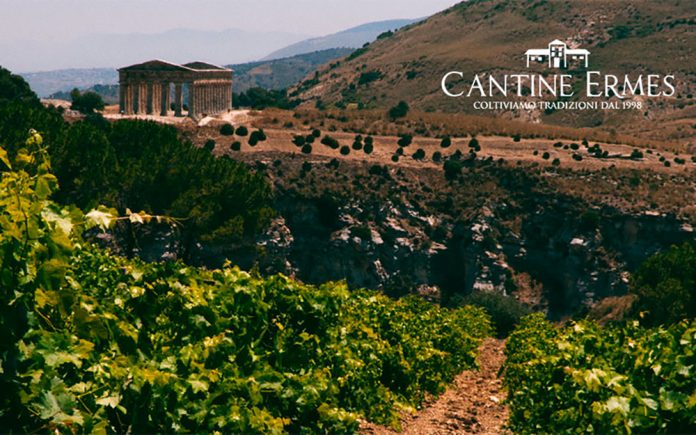
The Where – Sicily
The ‘Three Great Terroirs’ consist of – in order of prestige, value, and production quantity – France, Italy, and Spain. Today’s bottle comes to us from Sicily, Italy, which is perhaps one of Italy’s most overlooked viticultural areas.
Greeks, Carthaginians, and Romans all at one time or another dominated Sicily, and all three of these civilizations placed high commercial and cultural value on their wine. For the Romans, wine was arguably their most valuable trade commodity. As such, it should come as no surprise, therefore, that Sicily has a viticultural history stretching back almost three-thousand years.
However, Sicily’s prestige in the winemaking arena is comparable to Spain’s in that despite its long history and quality wines, political, historic, economic, and even geopolitical forces have combined to deny the region the prestige it might otherwise enjoy. In Spain’s case, it was the tumult of the 20th century that did ‘most’ of the damage, in the case of Sicily, the region’s issues arguably stretch back hundreds of years, with the island constantly trading hands between local warlords, knightly orders, and regional superpowers well into the pinnacle years of the Renaissance. This constant warfare denied Sicily a share of the economic and cultural rebirth that the Renaissance brought to the Italian mainland, only to later find itself at the center of the chaos that characterized the first half of the 20th century.
This, again, brings us to the comparison with Spain. Well into the 18th century, the Spanish Crown stubbornly refused to embrace agricultural industrialization, while the Spanish Civil War saw the deliberate razing of vineyards, which was promptly followed by the closure of markets during the Second World War. Consider, now, that Sicily was part of Spain (almost without interruption) well into the 19th century starting in 1554, rule that was interrupted solely by horrendously bloody wars that saw the devastation of the Italian and Sicilian countryside, vineyards included (most notably the War of Spanish Succession and the Peninsular War). Sicily was later handed over to the Holy Roman Empire, which placed very little value on wine. Spanish rule and interference on the island finally came to an end following Italy’s unification in the late 19th century.
Are you beginning to see the cause for the comparison? Well, the comparison doesn’t end there, if you can believe.
Fast forward through the closure of markets and the almost total disruption of trade in the Mediterranean via two world wars, and you might find it in your heart to forgive Spain for focusing on the mass production of ‘generic bulk wine’ for the sake of ‘lots of sales very quickly’ on the newly reopened international market. Ditto Sicily, whose very nearly perfect weather and landscape (terroir) allowed local growers to focus on producing ‘top quality table wines’ late into the 20th century. ‘Top quality table wines’ are still very much ‘table wines.’
Like Spain, this focus on ‘generic table wine’ came at the cost of developing local prestige, recognizable labels, and renowned vineyards. As such, like Spain, Sicily found itself playing a very odd game of catchup at the down of the 21st century, despite having what aught to have been literally thousands of years’ worth of a head start on the competition. For reference, only Greece, the home of European winemaking, boasts an older viticultural tradition than Sicily, though Sicily is perhaps the only place on earth with better conditions for the art.
The Bottles – A Showcase
Today, we’re reviewing Vento Di Mare’s Nero D’avola, which is made with certified organic grapes.
The Review – Aromatics and Tasting Notes
The Nero D’avola introduces itself with bright aromas of ripe sliced cherries. Deeper into the glass, this matures into stewed plums mixed with something ‘herbal’ or spicy, perhaps cracked black pepper and cinnamon. On the palate, the wine is quite ‘bright’ and fruity, a bit more than the aromatics would have led me to believe. Think bright red berries and cherries, with very faint herbal qualities lingering in the background. Carried on a medium body with pleasant acidity, this was a very enjoyable bottle from start to finish.
What to Eat – The Pairings
With today’s bottle, think beef, red sauces, lamb, and pasta. In terms of beef, something like my Steak Board, which combines marinated Argentine beef with homemade tortillas and chimichurri would pair deliciously. For lamb, you’ll want to do something like our Herb Roasted Rack of Lamb, where we crust the exterior with plenty of herbs and garlic, score the outer layer of fat and then stuff that with a mix of oregano, honey, and garlic. In the area of pasta, think spicy red sauces, think garlic and oil with toasted breadcrumbs, or, if you’re in the market for something hardier you might consider a crisped pasta bake, such as ziti layered with fresh tomatoes, toasted bread crumbs, and fresh basil, topped by a dense layer of either Jarlsberg or mozzarella cheese.
For These and Other Wines Looking for a modern way to browse wines? Check out my friends over at Parcelle Wine.
At Parcelle, you can browse wines by grape, flavor, price, region, or even pairings. Having a barbecue and want to pair a wine with what’s on the grill? You can do that. Or maybe you’re throwing a dinner party and want to serve a wine alongside dessert. Parcelle has the perfect pairing. Looking to browse the wines of Argentina, or a particular region of France or Italy? Yes, you can do that too. Or maybe you’re only interested in wines that have flavors of cherry or tropic fruit? Yes, you guessed it, you can do that too.
In addition, Parcelle has daily deals, monthly wine drops, and a nice selection of ‘wine gear’ and gifts. If you’re even remotely interested in wine, Parcelle has something for every palette, budget, and interest imaginable. So, what are you waiting for? Go check them out, you won’t be disappointed.
0

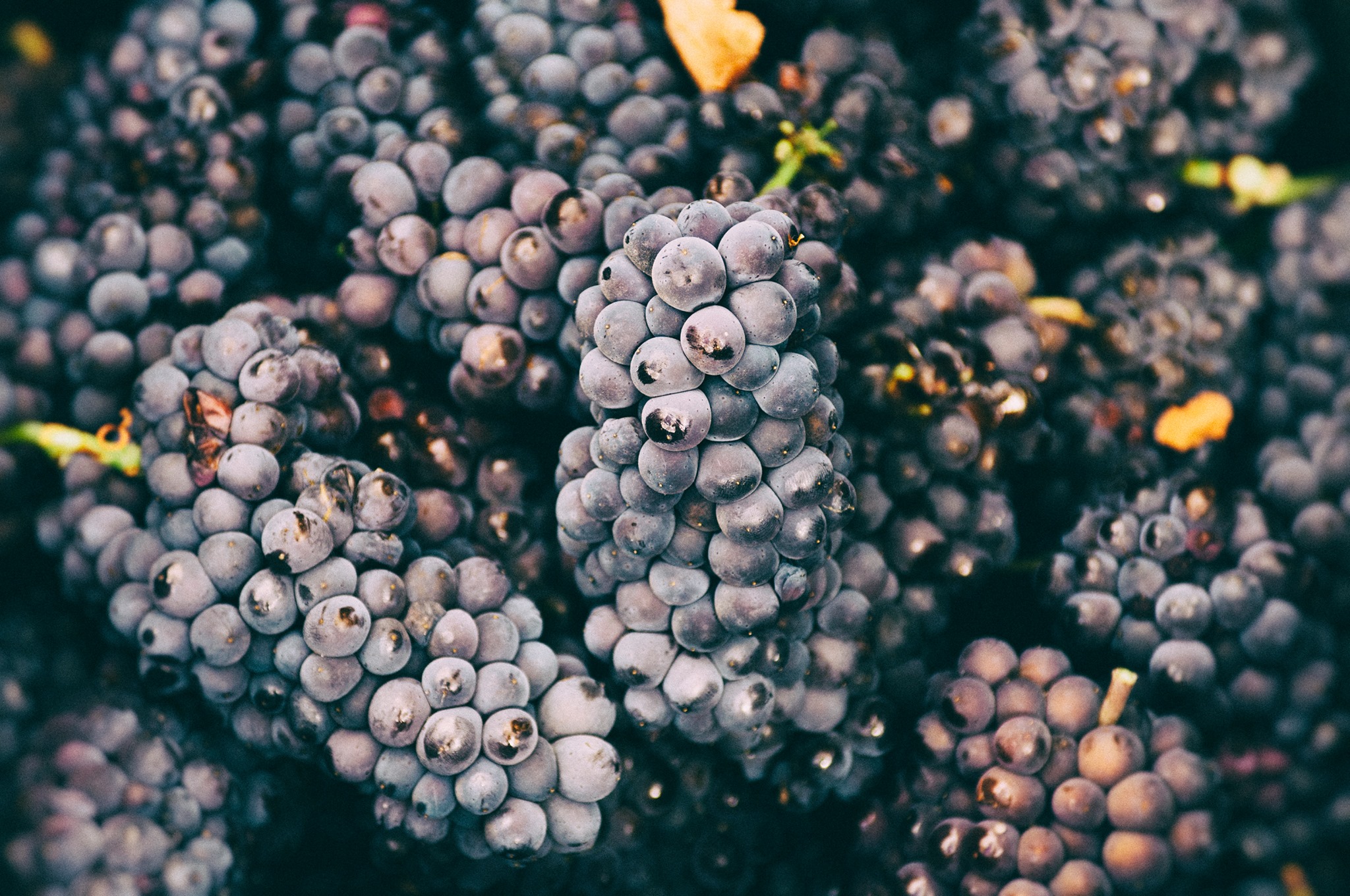
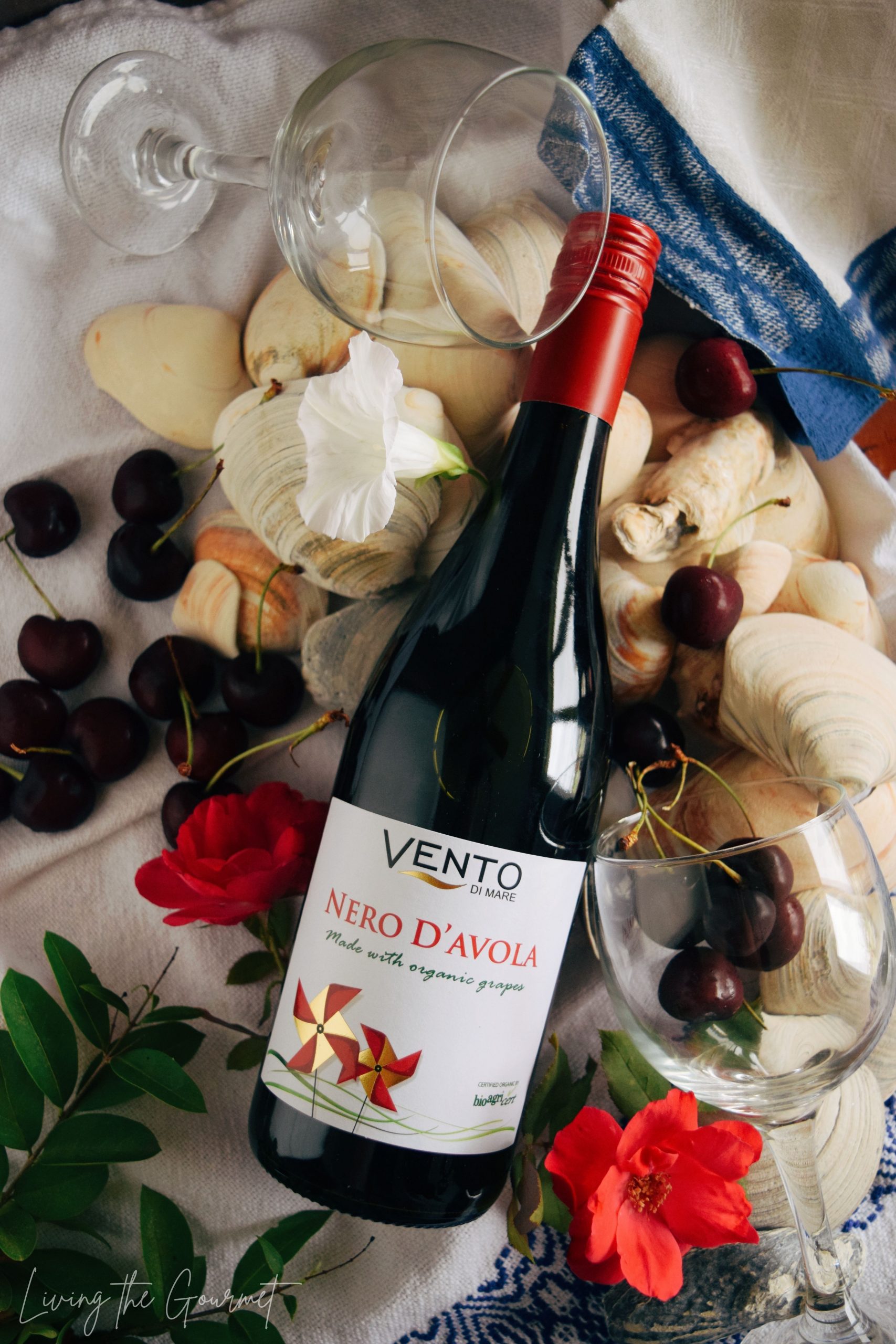
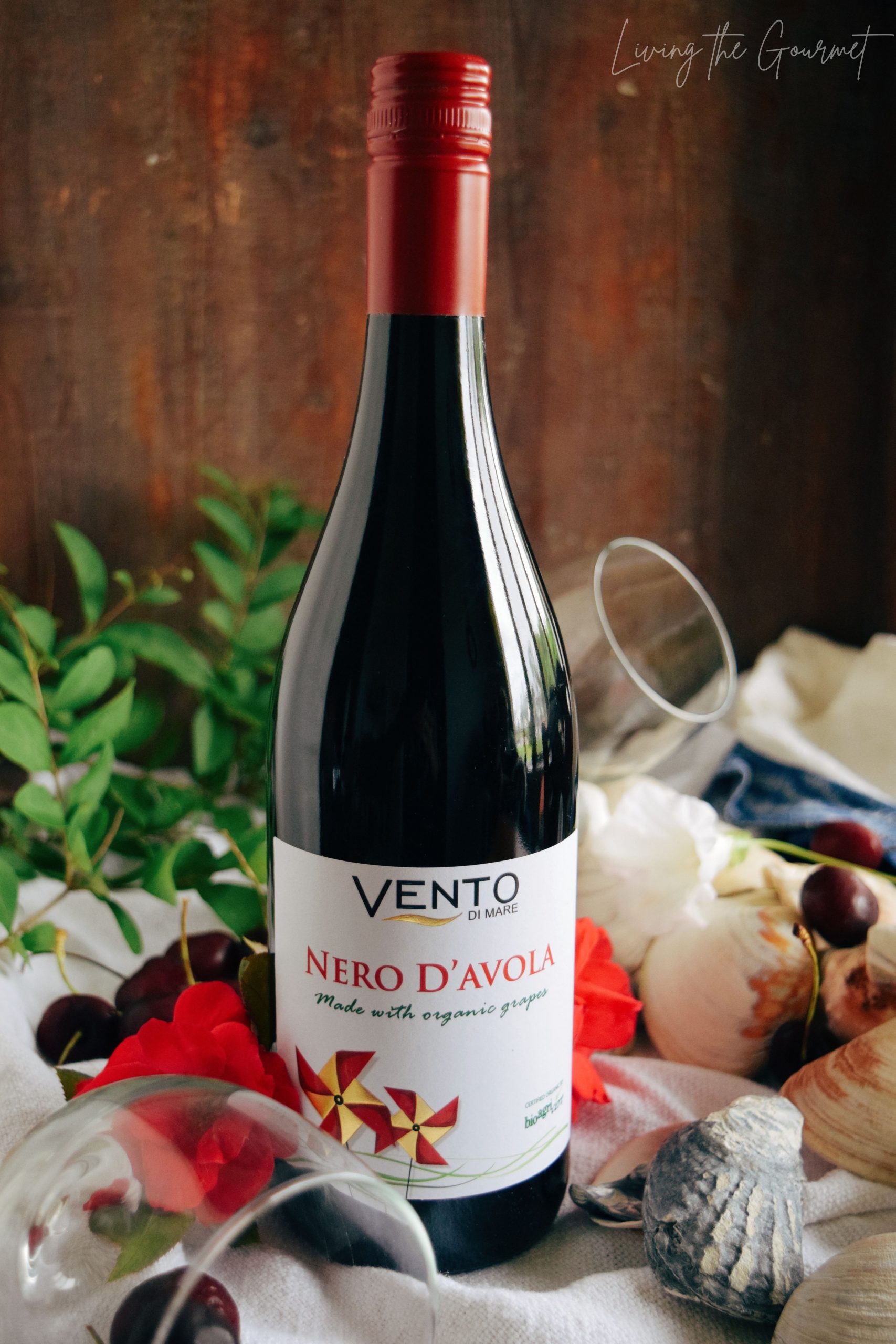
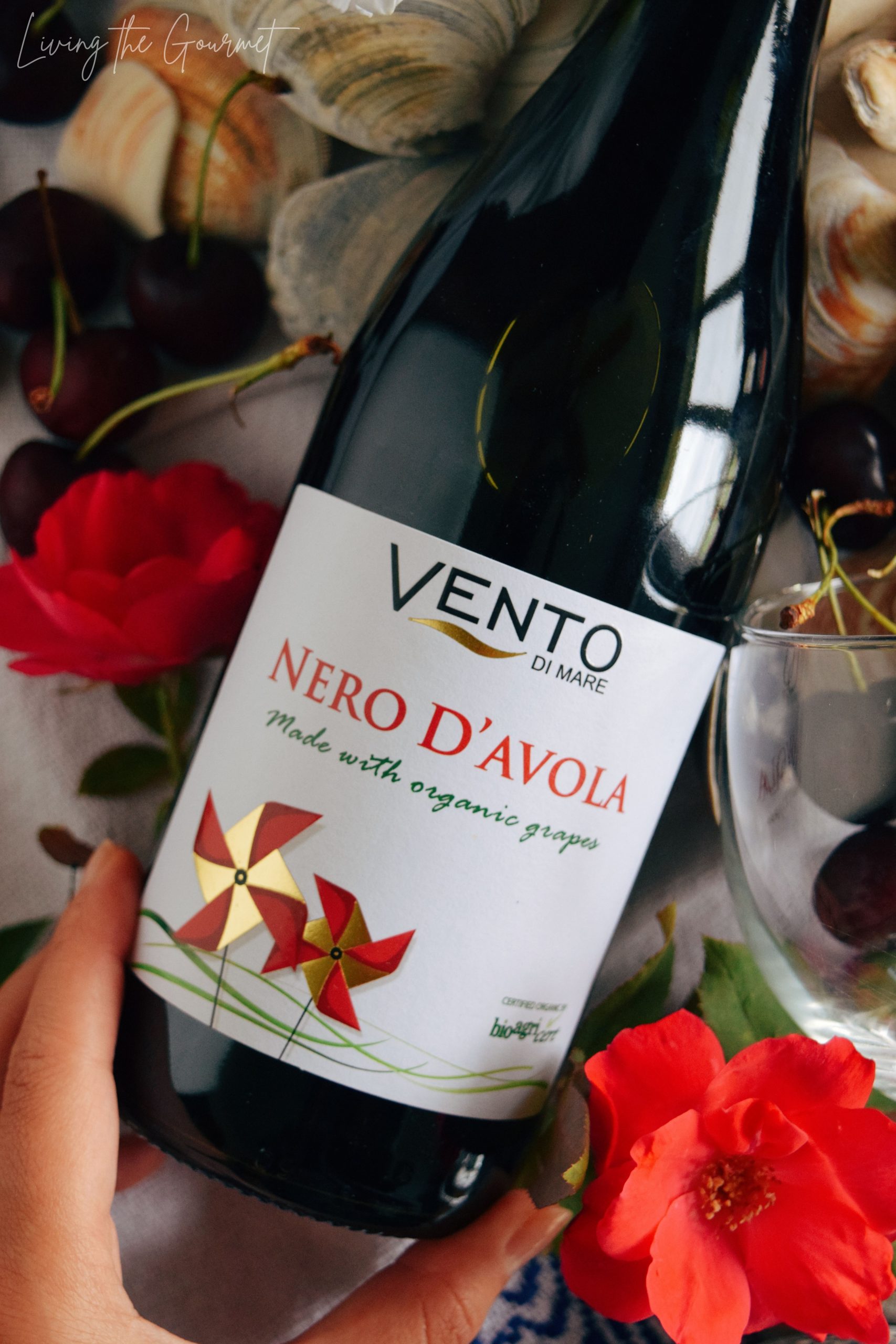
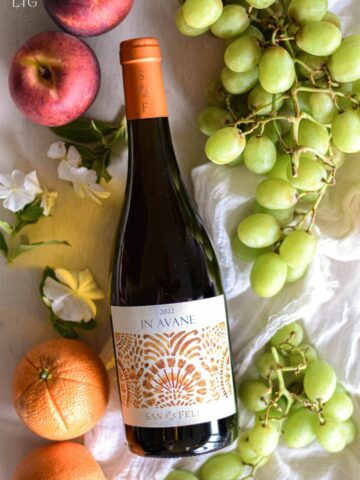
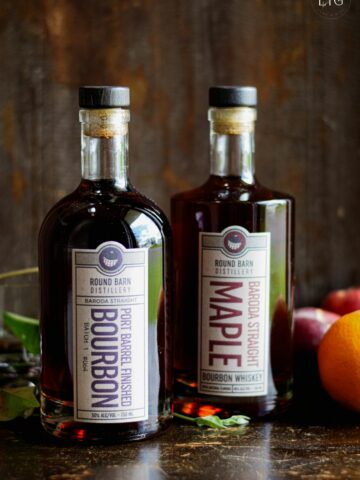

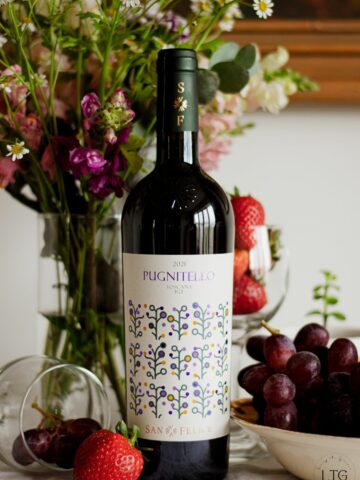
Carleen says
One of my favorite meals is a good hearty pasta dish paired with an Italian table wine. The Nero D’avola sounds like a great choice.
Yeah Lifestyle says
Such an informative post about Sicilian Wine which I am not so familiar with. I can't wait to get the Italian wine when I go shopping next
Romy says
Love this story. Huge wine fan and giant Italy fan. Never been to Sicily yet.
Amber Graves says
I've just recently become a fan of wine. I love the history here and learning about each bottle I try and the area they come from! Thank you for all the information!
Stephanie says
I'm not a wine person, but my husband is. I bet he would love this one, especially with a good plate of homemade pasta.
Laura le Roux says
Red wine is my jam! I LOVE enjoying a glass at the end of the day! Aren't those grapes just so beautiful. I live in South Africa and I love visiting our wine farms.
Sabina Green says
Thanks for your review and food pairing tips. This sounds like the type of wine that I really enjoy
Rhian Westbury says
Even though I'm not a wine drinker myself it's really interesting to learn more about it and how it came about x
Paula Richie says
Ripe sliced cherries, stewed plums, spicy, cracked black pepper, cinnamon...that part alone sounds divine. We brought back wine from some wonderful vineyards we visited in Italy.
Marysa says
I love learning more about different wines. I am always open to suggestions for food pairings too!
Lasonia says
What an informative post. I bet this would pair perfectly with my lasagna.